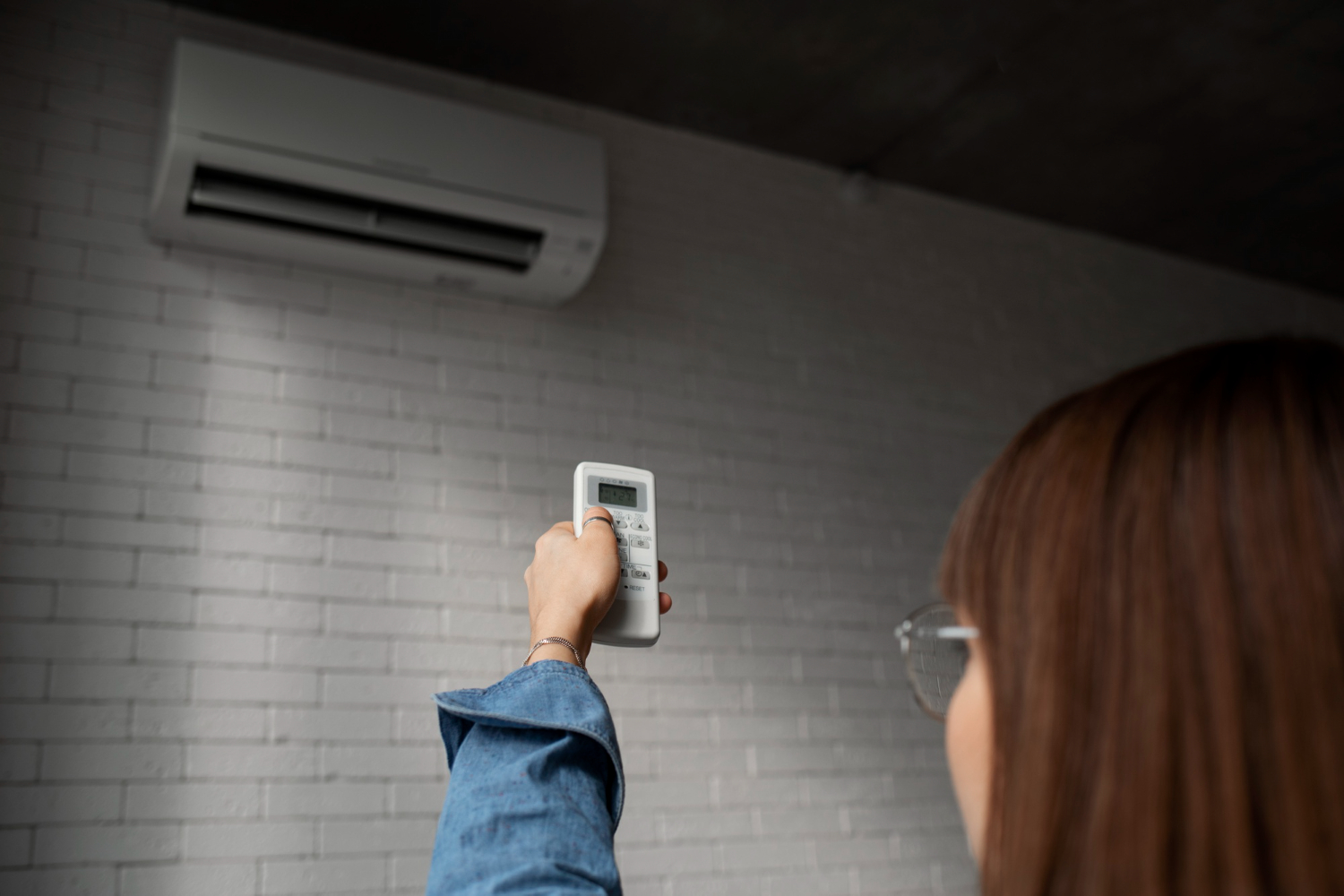What is Causing My Air Conditioner units to leak water?
When you turn on the air unit, you notice that it is leaking a lot of water. If you do nothing, you may be forced to park in front of a fan while an HVAC specialist installs a new air conditioner. Stay away from this disaster scenario! Act quickly and conduct a quick inspection—you might be able to identify the problem on your own and avoid a major disaster.
The Problem Might be Caused by:
1. A Clog in the Drain Line
A faulty air conditioner doesn’t let your air conditioner become irreparably damaged. The most common cause of leaks in-home air conditioners is a clogged drain line. When the drain line becomes clogged, water cannot drain from the overflow pan and out the drainpipe (or outside, depending on your A/C). It is especially problematic with window air conditioners tilted in the wrong direction. Look for dirt and debris in the tubing. Clear the blockage if you experience resistance. Water can then flow freely into the drainpipe and out the bottom as it should.
While this feature is beneficial and prevents water damage, it can be perplexing for an owner when their A/C unit suddenly shuts down. A clogged drain line could be blamed if your air conditioner shuts down unexpectedly.
2. Cracked or Damaged Drain Overflow Pan
While checking the drain line, you should check the drain overflow pan underneath the unit. Scrutinize each corner and edge for cracks, notches, or holes. Anything that allows water to spill onto the floor before reaching the drain hose is problematic. Small holes can be filled with epoxy, but replacing the drain pan entirely is the best solution.
3. The Air Filter is Clogged
The air filter in your AC unit should be changed regularly. If you leave the filter in for an extended period, the filter becomes dirty, and airflow is hampered. Check the filters more frequently to ensure leak prevention, especially when the unit is in heavy use. Contact us for a Bosch mini split installation in Los Angeles.
4. Incorrect Installation
If a central air unit is not level, it may begin to leak water outside. Water will pool unevenly in the overflow pan and drip over the side. If it isn’t perfectly flat, you should level it by adjusting the concrete pad it sits on.
For a window air conditioner, the front of the unit should be slightly raised. Water may also leak if the seals that hold the unit to the window are not correctly tightened. Moisture condenses as warm air meets cold air in the air conditioner, resulting in a condensation leak.
5. Malfunctioning pump
If the pump fails, no water is drawn from the overflow pan. The pan will fill to the point where it drips onto the floor. If nothing happens and you’re sure the drain line isn’t clogged, the pump is probably broken. At this point, contact us, and one of our service technicians will assist you in replacing the pump.
Contact us and get more information on leaking AC units.










